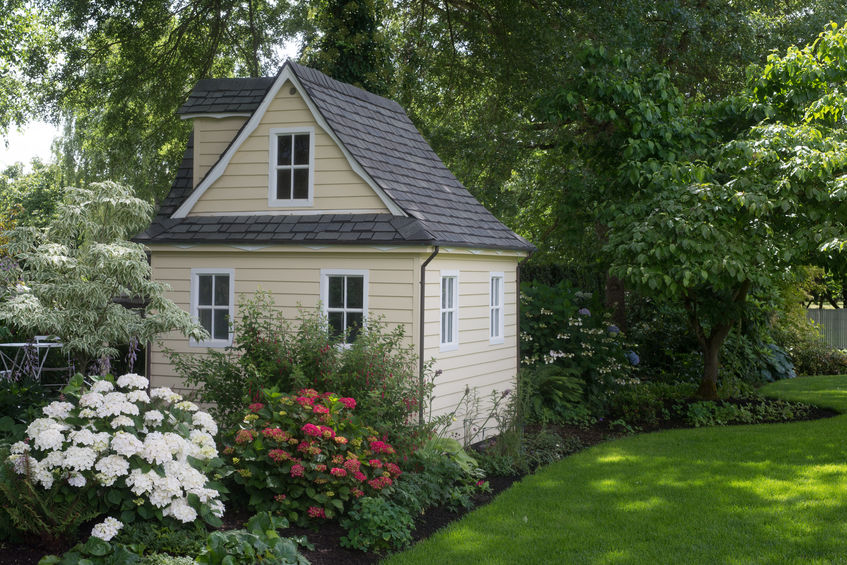What is a Tiny home?
While there’s no official definition, most tiny homes are homes under 600 square feet in size that are usually built permanently on foundations.

Tiny homes are stand alone units. And as probably already know, they have all the standard spaces you would expect in any size home, except they have all been scaled down and crafted to suit the owner’s needs. The key to tiny house living is that they all have a kitchen, bedroom, bathroom, and multi living space, but they maximize what little space they have to offer because they are constructed to fit onto a trailer which allows them to be easily moved. That’s why you’ll see tiny homes that have loft bedrooms which are accessed by ladder, small multi-purpose bathrooms and toilets, and kitchens with tables that fold away when they’re not in use.
While there are quite a few companies that either specialize in kits, prefabricated and made- to-order tiny homes, many people decide to save money by building their own tiny house from scratch. It is even possible to build tiny self-contained homes so that they are entirely off-grid, generating their own electricity with access to their own running water. The tiny lifestyle is revolutionizing homeownership in the US today, as it allows people to build and own their own home, without needing to buy the land it sits on.
Why are Tiny Homes popular?
Simply put, the tiny home trend of living simply with everything you need has become a social movement of sorts. People are choosing to embrace the freedom and philosophy of the tiny house lifestyle by simplifying their life and downsizing the space they need to live. But the tiny home movement is about more than just living in a smaller space, although the small home is certainly a large part of it. Many owners of tiny homes were initially attracted by the idea of downsizing and streamlining their lives, sometimes even living off-the-grid with a simpler lifestyle in a smaller space. That being said, tiny houses are also about having the economic freedom to live a larger life that’s free from debt, instead of living in a bigger house.
Tiny Home History

Multiple factors have combined over recent years to really fuel the growth of this movement. Initial interest from the general public was piqued in the 1980s when writing about the benefits of tiny lifestyles first emerged, which helped it gain more traction in the 1990s. A decade later, as thousands lost their homes due to foreclosure or unemployment during the 2008 financial crisis, many looked to tiny homes as an affordable alternative to living in more traditionally sized homes.
Over the next two decades, the idea of tiny house living slowly gained more momentum until becoming the worldwide movement it is today. Enthusiasts wrote books and blogs celebrating the lifestyle, while others saw an opportunity and launched their own tiny home construction companies. Advocacy work over the last few years promises more changes in the future when it comes to things like housing policies and zoning laws which will accommodate more tiny homes in more states.
The move from big traditional homes to small spaces may seem like a form of societal regression, but they say that everything eventually comes full circle. So, it’s certainly more than possible that tiny house living is simply society remembering that that less is actually more and that the basics are all we really need. This lifestyle may not suit everyone, but tiny homes are the perfect option for everyone else who wants to simplify their lives and get back to basics.
If interested in learning more about tiny homes and houses, please contact us today. The Rocky Mountain staff is always here to help!
